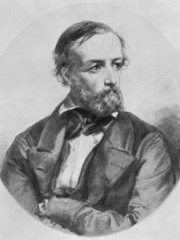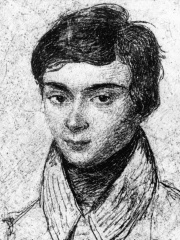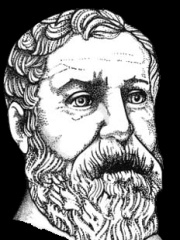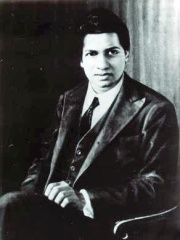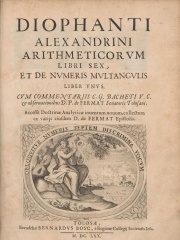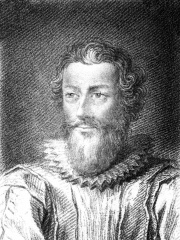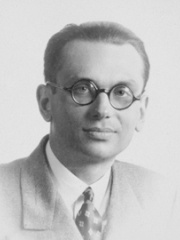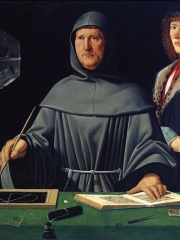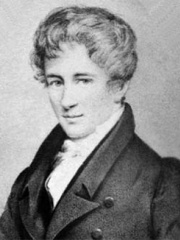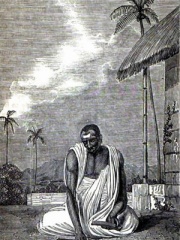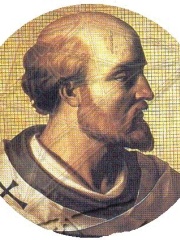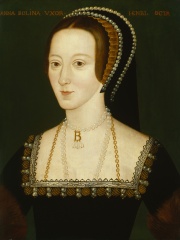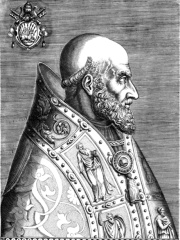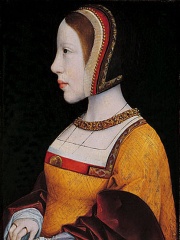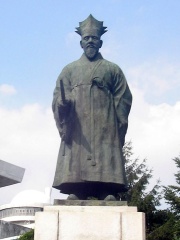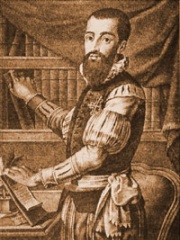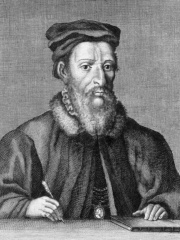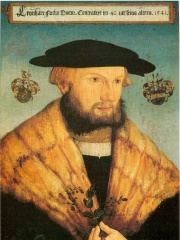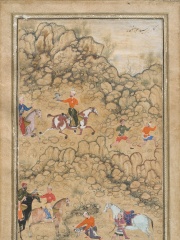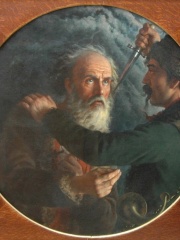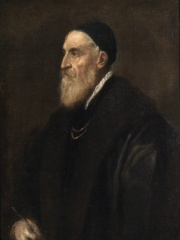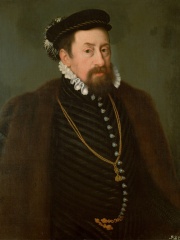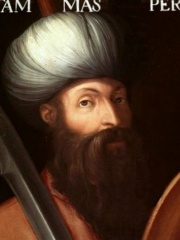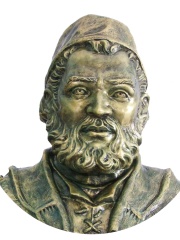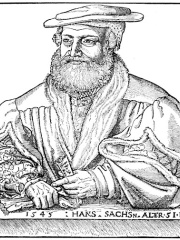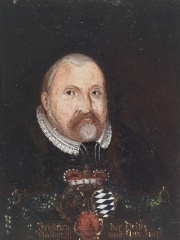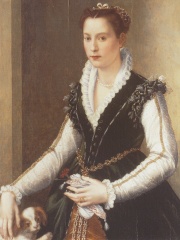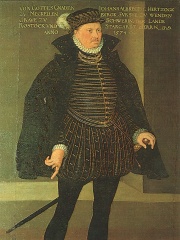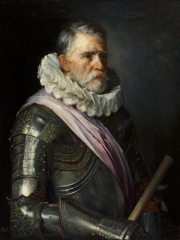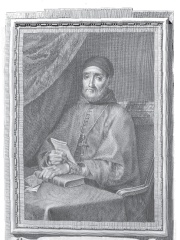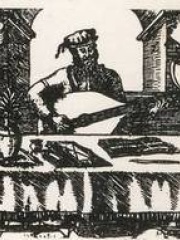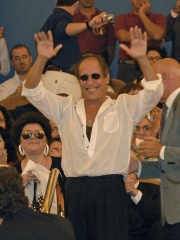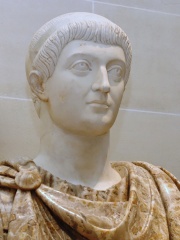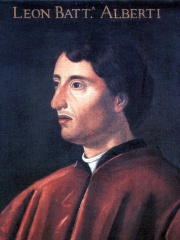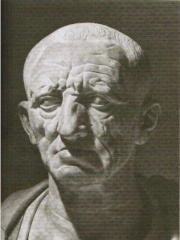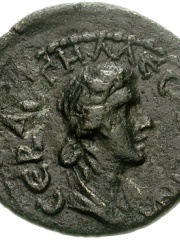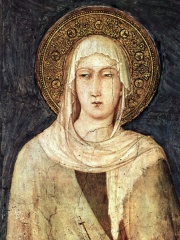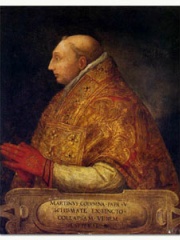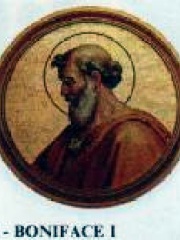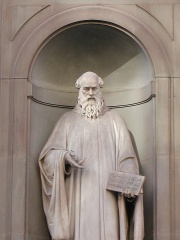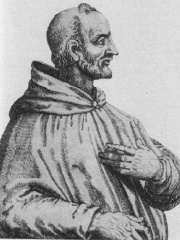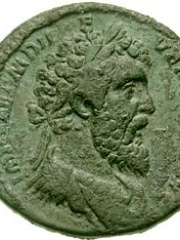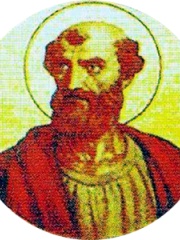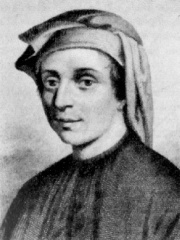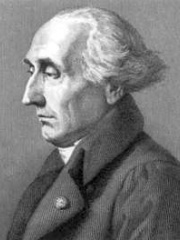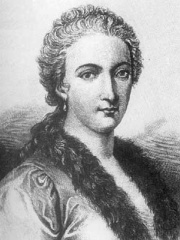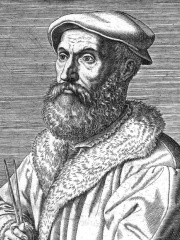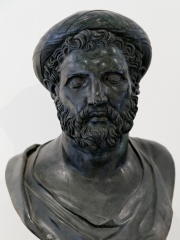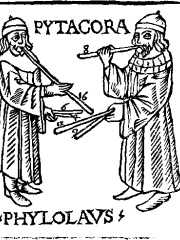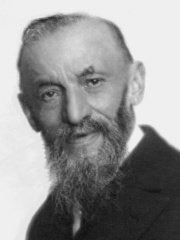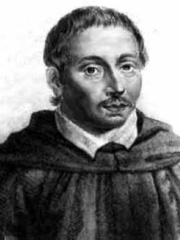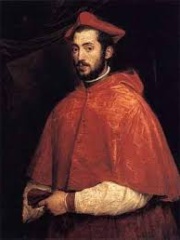MATHEMATICIAN
Gerolamo Cardano
1501 - 1576
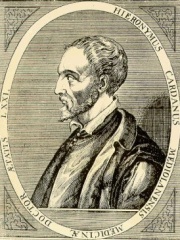
 Gerolamo Cardano
Gerolamo Cardano
Gerolamo Cardano (Italian: [dʒeˈrɔːlamo karˈdaːno]; also Girolamo or Geronimo; French: Jérôme Cardan; Latin: Hieronymus Cardanus; 24 September 1501– 21 September 1576) was an Italian polymath whose interests and proficiencies ranged through those of mathematician, physician, biologist, physicist, chemist, astrologer, astronomer, philosopher, music theorist, writer, and gambler. He became one of the most influential mathematicians of the Renaissance and one of the key figures in the foundation of probability; he introduced the binomial coefficients and the binomial theorem in the Western world. He wrote more than 200 works on science. Cardano partially invented and described several mechanical devices including the combination lock, the gimbal consisting of three concentric rings allowing a supported compass or gyroscope to rotate freely, and the Cardan shaft with universal joints, which allows the transmission of rotary motion at various angles and is used in vehicles to this day. Read more on Wikipedia
His biography is available in 65 different languages on Wikipedia (up from 63 in 2024). Gerolamo Cardano is the 30th most popular mathematician (up from 32nd in 2024), the 210th most popular biography from Italy (up from 217th in 2019) and the 4th most popular Italian Mathematician.
Gerolamo Cardano was an Italian mathematician and physician who is most famous for his work on probability.
Memorability Metrics
Page views of Gerolamo Cardano by language
Among MATHEMATICIANS
Among mathematicians, Gerolamo Cardano ranks 30 out of 1,004. Before him are Peter Gustav Lejeune Dirichlet, Évariste Galois, Hero of Alexandria, John von Neumann, Srinivasa Ramanujan, and Diophantus. After him are François Viète, Kurt Gödel, Luca Pacioli, Niels Henrik Abel, Brahmagupta, and Pope Sylvester II.
Most Popular Mathematicians in Wikipedia
Go to all RankingsPeter Gustav Lejeune Dirichlet
1805 - 1859
HPI: 80.77
Rank: 24
Évariste Galois
1811 - 1832
HPI: 80.32
Rank: 25
Hero of Alexandria
10 - 75
HPI: 80.07
Rank: 26
John von Neumann
1903 - 1957
HPI: 79.93
Rank: 27
Srinivasa Ramanujan
1887 - 1920
HPI: 79.85
Rank: 28
Diophantus
201 - 300
HPI: 79.85
Rank: 29
Gerolamo Cardano
1501 - 1576
HPI: 79.79
Rank: 30
François Viète
1540 - 1603
HPI: 79.70
Rank: 31
Kurt Gödel
1906 - 1978
HPI: 79.53
Rank: 32
Luca Pacioli
1445 - 1517
HPI: 79.39
Rank: 33
Niels Henrik Abel
1802 - 1829
HPI: 79.17
Rank: 34
Brahmagupta
598 - 670
HPI: 78.74
Rank: 35
Pope Sylvester II
938 - 1003
HPI: 78.50
Rank: 36
Contemporaries
Among people born in 1501, Gerolamo Cardano ranks 3. Before him are Anne Boleyn, and Pope Marcellus II. After him are Isabella of Austria, Yi Hwang, Queen Munjeong, Sahib I Giray, Garcilaso de la Vega, Pietro Andrea Mattioli, Leonhart Fuchs, Bairam Khan, and Ivan Susanin. Among people deceased in 1576, Gerolamo Cardano ranks 3. Before him are Titian, and Maximilian II, Holy Roman Emperor. After him are Tahmasp I, Aloysius Lilius, Hans Sachs, Frederick III, Elector Palatine, Isabella de' Medici, John Albert I, Duke of Mecklenburg, Luis de Requesens y Zúñiga, Bartolomé Carranza, and Bálint Bakfark.
Others Born in 1501
Go to all RankingsAnne Boleyn
COMPANION
1501 - 1536
HPI: 86.36
Rank: 1
Pope Marcellus II
RELIGIOUS FIGURE
1501 - 1555
HPI: 81.90
Rank: 2
Gerolamo Cardano
MATHEMATICIAN
1501 - 1576
HPI: 79.79
Rank: 3
Isabella of Austria
COMPANION
1501 - 1526
HPI: 73.18
Rank: 4
Yi Hwang
PHILOSOPHER
1501 - 1570
HPI: 67.75
Rank: 5
Queen Munjeong
POLITICIAN
1501 - 1565
HPI: 67.75
Rank: 6
Sahib I Giray
POLITICIAN
1501 - 1551
HPI: 66.19
Rank: 7
Garcilaso de la Vega
WRITER
1501 - 1536
HPI: 65.96
Rank: 8
Pietro Andrea Mattioli
PHYSICIAN
1501 - 1578
HPI: 65.39
Rank: 9
Leonhart Fuchs
PHYSICIAN
1501 - 1566
HPI: 64.74
Rank: 10
Bairam Khan
POLITICIAN
1501 - 1561
HPI: 64.44
Rank: 11
Ivan Susanin
POLITICIAN
1501 - 1613
HPI: 62.53
Rank: 12
Others Deceased in 1576
Go to all RankingsTitian
PAINTER
1488 - 1576
HPI: 84.62
Rank: 1
Maximilian II, Holy Roman Emperor
POLITICIAN
1527 - 1576
HPI: 83.14
Rank: 2
Gerolamo Cardano
MATHEMATICIAN
1501 - 1576
HPI: 79.79
Rank: 3
Tahmasp I
POLITICIAN
1514 - 1576
HPI: 77.27
Rank: 4
Aloysius Lilius
MATHEMATICIAN
1510 - 1576
HPI: 68.80
Rank: 5
Hans Sachs
WRITER
1494 - 1576
HPI: 68.56
Rank: 6
Frederick III, Elector Palatine
POLITICIAN
1515 - 1576
HPI: 64.90
Rank: 7
Isabella de' Medici
POLITICIAN
1542 - 1576
HPI: 64.64
Rank: 8
John Albert I, Duke of Mecklenburg
POLITICIAN
1525 - 1576
HPI: 63.54
Rank: 9
Luis de Requesens y Zúñiga
POLITICIAN
1528 - 1576
HPI: 62.84
Rank: 10
Bartolomé Carranza
RELIGIOUS FIGURE
1503 - 1576
HPI: 62.54
Rank: 11
Bálint Bakfark
COMPOSER
1507 - 1576
HPI: 62.26
Rank: 12
In Italy
Among people born in Italy, Gerolamo Cardano ranks 210 out of 5,161. Before him are Adriano Celentano (1938), Constans (320), Leon Battista Alberti (1404), Cato the Elder (-243), Messalina (17), and Clare of Assisi (1193). After him are Pope Martin V (1369), Pope Boniface I (370), Guido of Arezzo (991), Pope Eugene III (1080), Didius Julianus (133), and Pope Alexander I (100).
Others born in Italy
Go to all RankingsAdriano Celentano
SINGER
1938 - Present
HPI: 79.87
Rank: 204
Constans
POLITICIAN
320 - 350
HPI: 79.86
Rank: 205
Leon Battista Alberti
ARCHITECT
1404 - 1472
HPI: 79.83
Rank: 206
Cato the Elder
WRITER
243 BC - 149 BC
HPI: 79.82
Rank: 207
Messalina
COMPANION
17 - 48
HPI: 79.81
Rank: 208
Clare of Assisi
RELIGIOUS FIGURE
1193 - 1253
HPI: 79.80
Rank: 209
Gerolamo Cardano
MATHEMATICIAN
1501 - 1576
HPI: 79.79
Rank: 210
Pope Martin V
RELIGIOUS FIGURE
1369 - 1431
HPI: 79.79
Rank: 211
Pope Boniface I
RELIGIOUS FIGURE
370 - 422
HPI: 79.79
Rank: 212
Guido of Arezzo
COMPOSER
991 - 1050
HPI: 79.78
Rank: 213
Pope Eugene III
RELIGIOUS FIGURE
1080 - 1153
HPI: 79.78
Rank: 214
Didius Julianus
POLITICIAN
133 - 193
HPI: 79.76
Rank: 215
Pope Alexander I
RELIGIOUS FIGURE
100 - 116
HPI: 79.74
Rank: 216
Among MATHEMATICIANS In Italy
Among mathematicians born in Italy, Gerolamo Cardano ranks 4. Before him are Archimedes (-287), Fibonacci (1170), and Joseph-Louis Lagrange (1736). After him are Luca Pacioli (1445), Maria Gaetana Agnesi (1718), Niccolò Fontana Tartaglia (1499), Archytas (-428), Philolaus (-470), Giuseppe Peano (1858), Bonaventura Cavalieri (1598), and Lodovico Ferrari (1522).
Archimedes
287 BC - 212 BC
HPI: 93.41
Rank: 1
Fibonacci
1170 - 1240
HPI: 89.74
Rank: 2
Joseph-Louis Lagrange
1736 - 1813
HPI: 84.17
Rank: 3
Gerolamo Cardano
1501 - 1576
HPI: 79.79
Rank: 4
Luca Pacioli
1445 - 1517
HPI: 79.39
Rank: 5
Maria Gaetana Agnesi
1718 - 1799
HPI: 76.89
Rank: 6
Niccolò Fontana Tartaglia
1499 - 1557
HPI: 76.65
Rank: 7
Archytas
428 BC - 347 BC
HPI: 75.95
Rank: 8
Philolaus
470 BC - 390 BC
HPI: 75.48
Rank: 9
Giuseppe Peano
1858 - 1932
HPI: 74.06
Rank: 10
Bonaventura Cavalieri
1598 - 1647
HPI: 73.59
Rank: 11
Lodovico Ferrari
1522 - 1565
HPI: 70.38
Rank: 12
